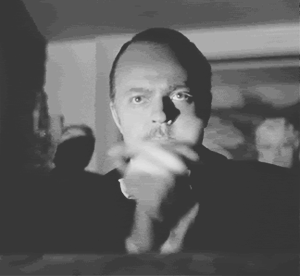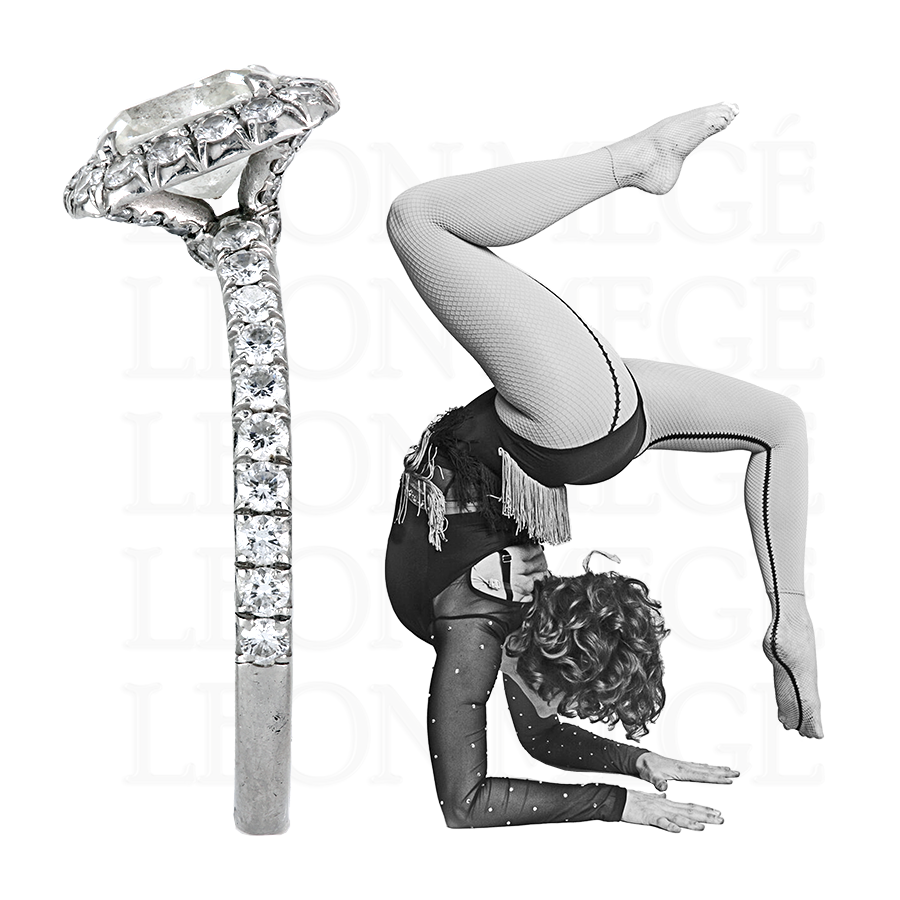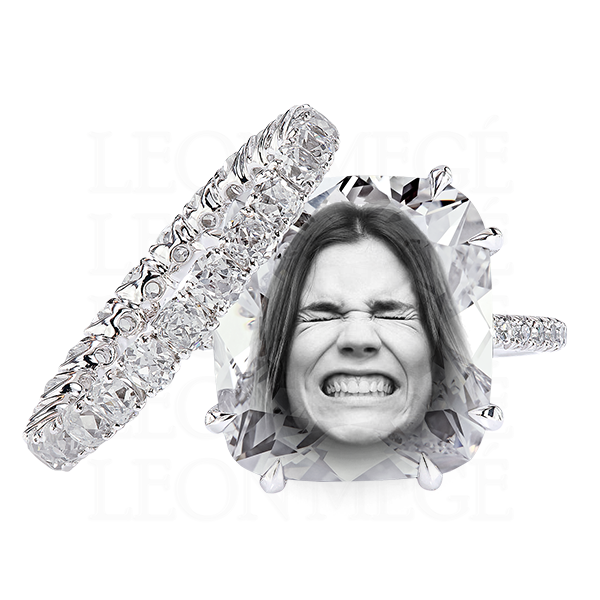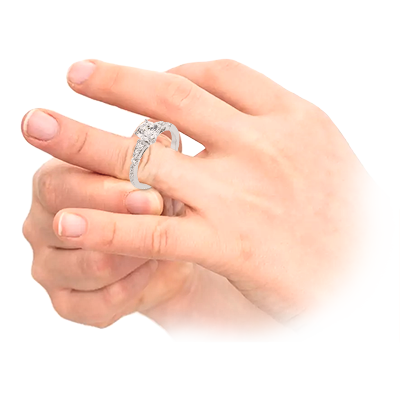Modern engagement rings, often covered with hundreds of pave diamonds, have a lower threshold for damage from occasional dings and bumps. There are many ways the rings get damaged during wear. We cannot be sure what causes the damage, but we zeroed down on a few culprits. In jewelry, the damage is anything that interferes with the design aesthetics and appearance of the stones, not necessarily breaks or cracks. Even excess dirt solidified on a stone’s surface (usually its pavilion) that cannot be removed by ultrasonic and steam is permanent damage.

Clapping
It is hard to believe, but clapping is often the cause of irreparable damage. When people applaud vigorously, the rings on the opposite hands hit each other up to four times per second, it is still less than 14 times per second Kent French, the world’s fastest clapper, does. Still, even at a lower rate, hundreds of supersonic booms created by each collision can cause the ring to collapse.
Bending
Rings with pave are more resilient because diamonds layered with metal form a composite material. Unfortunately, rings get out of shape with age, causing some diamonds to separate and fall out. The cause of the ring bending typically comes from repeated knocks at the shank base against hard surfaces, usually tabletops.


Unnecessary roughness
Rough wear is the most common cause of ring damage. Even a heavy ring with thick metal can be gradually destroyed by wearing it while doing house chores. Excessive pressure on a ring while driving, doing physical exercises, or bull riding will damage your ring. These activities create friction, especially when the diamonds are pressed against each other. This damage can suddenly occur or build-up, eventually manifesting in lost diamonds or severe cracks.
Friction between adjacent rings
The most common form of damage comes from two rings rubbing against each other. Friction will cause damage to metal and stones that are in direct contact. This is especially devastating when diamonds grind against other diamonds. Following these tips helps prevent damaging friction between adjacent diamond rings and keep your jewelry looking its best:
- Wear the rings on different fingers. This will eliminate the problem.
- Use a ring spacer – a washer-like thin band worn between two rings. The spacer will work as a buffer protecting the rings from each other.
- Avoid wearing your rings while doing activities that could cause them to crush each other, such as exercising, gardening, or having marital arguments.
- Always store your rings separately, each in a separate box or case.
- Have a professional jeweler regularly clean and inspect your rings and look for signs of damage, such as abrasion or chips.


Wrong sizing
A ring that is too big is prone to bending. Proper ring sizing is very important and should be done by a professional. When a ring is incorrectly sized, it bends or stretches. This can weaken the ring and make it more likely to break. In addition, if the ring is set with pave, it is more likely to lose some stones.
